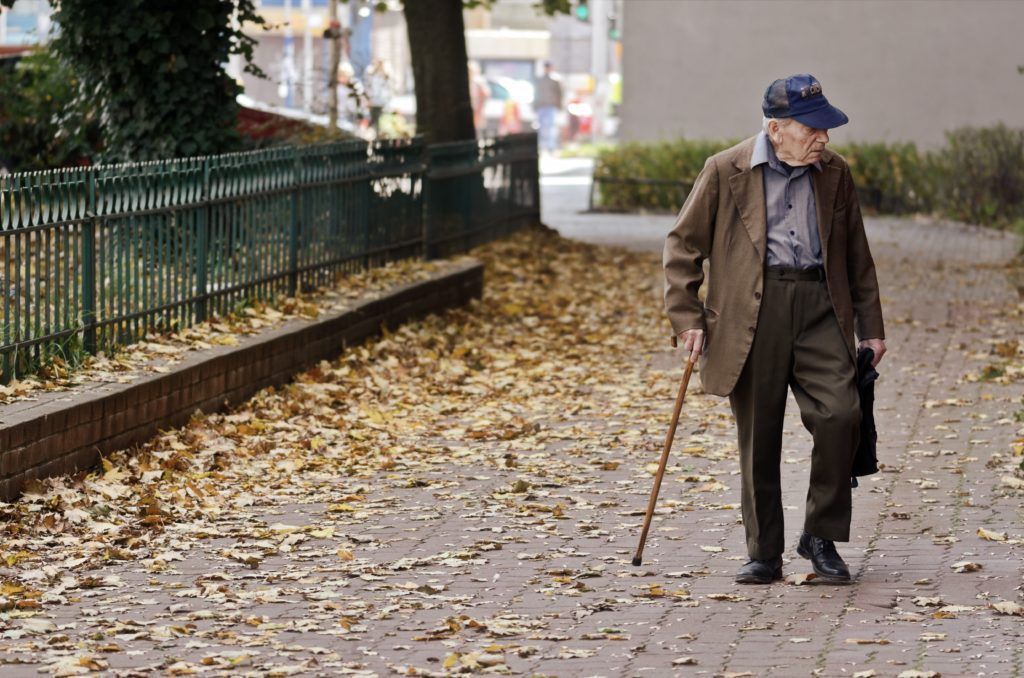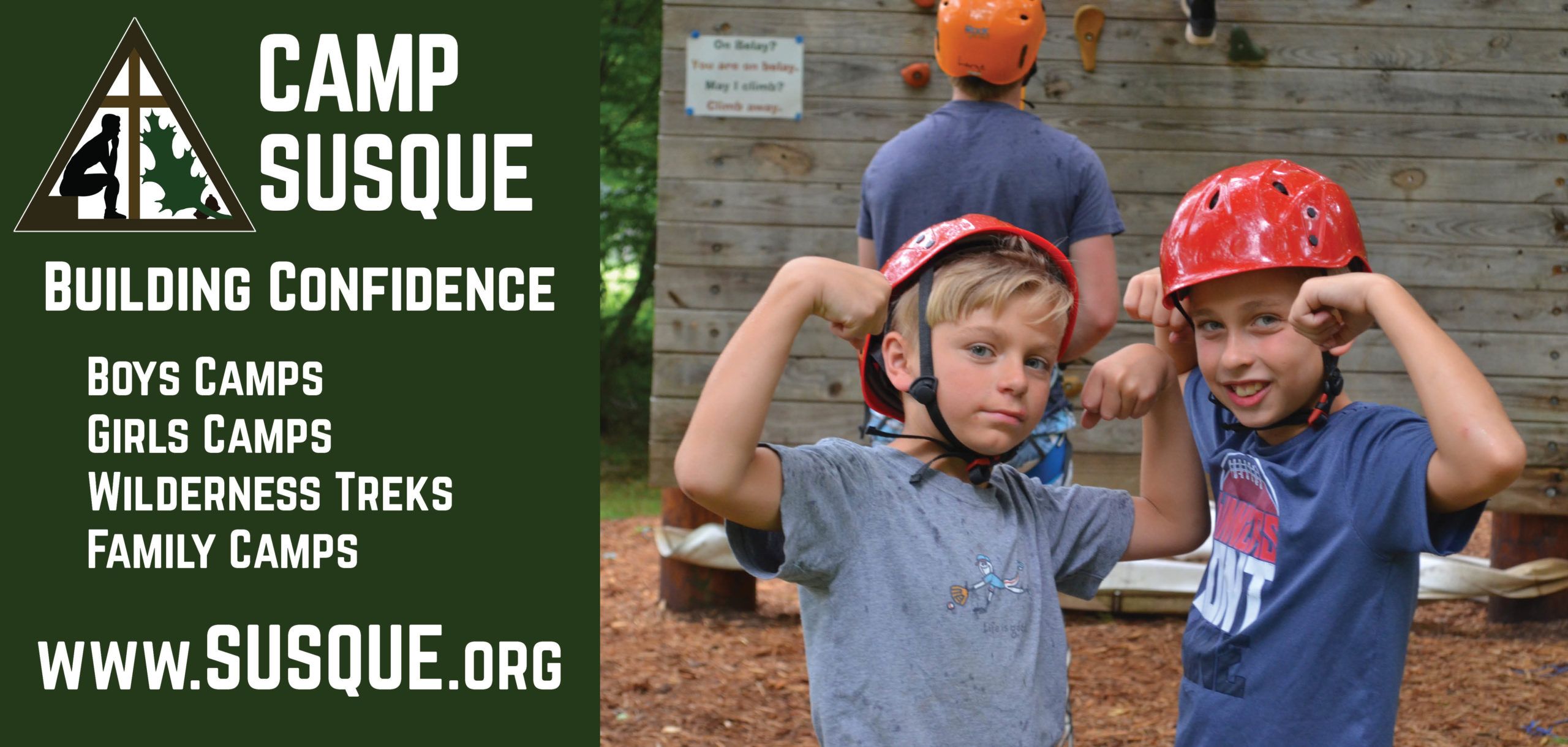
While it is impossible to ignore the effects of the recent COVID-19 pandemic on travel restrictions and one’s ability to purchase certain daily necessities such as food and toilet paper, few have discussed the potential impact this issue will have on mortality rates as they are related to the likely short-term economic recession.
Age and mortality rates
Published in the American Journal of Public Health in 2014, researchers Noelke and Beckfield sought to understand how recessions, job loss, and mortality among older adults in the United States were related. They suspected that an economic recession would increase the effects of job loss on mortality rates. Their thinking was that older workers would have fewer job prospects, be competing for fewer jobs, would be competing with younger workers, and would obtain lower paying jobs if work was found.
In addition, they felt that the subsequent loss of income, lack of financial liquidity, and loss of social status associated with high levels of employment would lead to increased levels of chronic stress, mental health issues and elevated death due to cardiovascular disease and suicide.
Over the course of their investigation, Noelke and Beckfield found that many of the workers that lost their jobs to an economic downturn were younger and had a lower level of education.
In addition they historically were lower earners, were less likely to have good insurance, and were more likely to be single and be smokers.
Though these conditions contributed to higher mortality rates associated with job loss, the difference was slight. However, when age was factored in, as the researchers proposed, the association between job loss and mortality rates was much stronger, thus supporting their original hypothesis.
Homeless are most vulnerable
In addition to those suffering from job loss, the homeless and elderly are other populations particularly susceptible to higher mortality rates associated with economic recessions.
“The homeless are particularly vulnerable,” said Dr. Carl Milofsky, tenured professor of sociology at Bucknell University. “Some of that is just a matter of logical thinking – they are outside and cannot separate themselves in a safe space; they do not have soap, water, and antibacterial gel to protect themselves, they probably also do not get reliable information via TV or other media, so they may not know they are at risk and they may not know what they must do to protect themselves. In terms of elderly people, we have supported and endorsed warehousing people in nursing homes. This creates a concentrated, vulnerable population who, of course, are subject to the virus. It is hard to get financial support for maintaining elderly and disabled people at home even though it often is cheaper, safer and a source of greater happiness for them to be in the community.”
Testing limitations
Testing for COVID-19 took time to catch on as well, with limited availability and high expense, Milofsky added.
“The testing that was available early in the epidemic was ridiculously expensive and care that was intensive was beyond the reach of people who did not have good health insurance, which is a large proportion of people in the $35,000-$50,000 income category … but even if care is insured it may not be available.” Milofsky said. “This problem is exaggerated in cities where there is a big shortage of healthcare providers.”
Care for disenfranchised
Milofsky also believes that changes in public health policy have contributed to delayed reaction times to the COVID-19 virus and a delay or lessening of care to the disenfranchised.
“One aspect is that we have disbanded government institutions that prepared for epidemic emergencies so we could not do things like move aggressively to generate testing. This also means that we do not have community outreach and education capacity that is up and running.
“There are going to be a lot of people who either do not understand the information about what precautions they must take and how they may protect themselves. Because of the climate of depression that exists in communities around the region, people are routinely abusing their bodies – with drugs especially – but will those people adopt habits of mindfulness and caution that are needed for self-protection and protection of the community? I think many people simply do not think about how they personally contribute to the welfare of the community and that helps to build the health disaster we have been living through, and will live through.”
As the stock market shifts dramatically and schools, restaurants, and retail stores close, the ripple effect of income and job loss will affect public health as a whole. Research has shown that the financial loss will likely lead to physical and psychological stress, increased heart disease, and increased rates of suicide.
Efforts to maintain high levels of public health should include not only social distancing, to slow the progression of the pandemic, but also diligent hand-washing, cleaning efforts, and avoidance of those already ill, as should be done during any cold and flu season.




